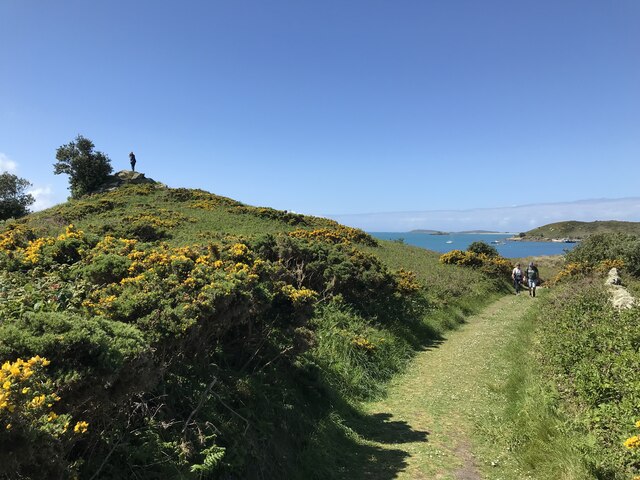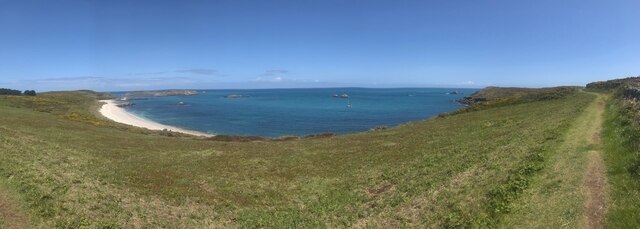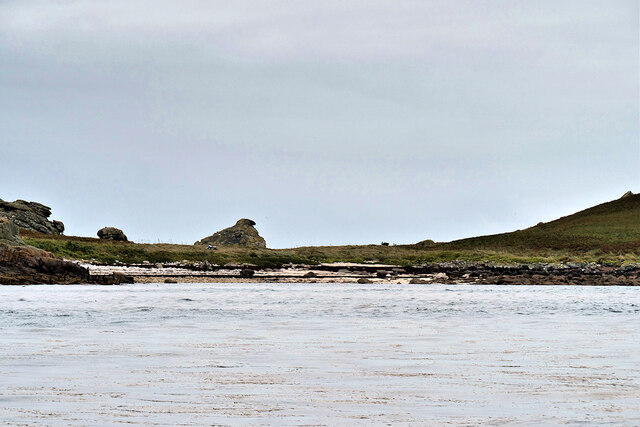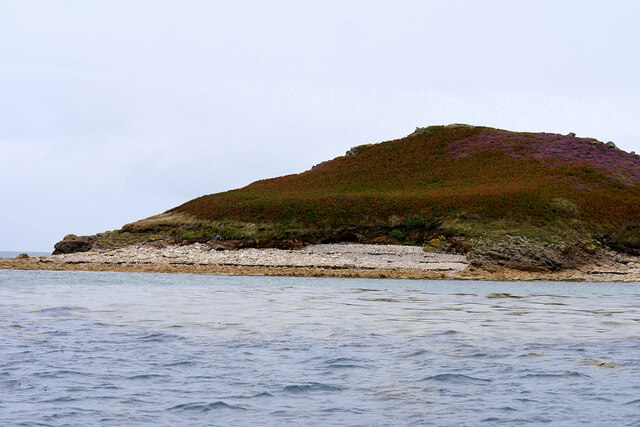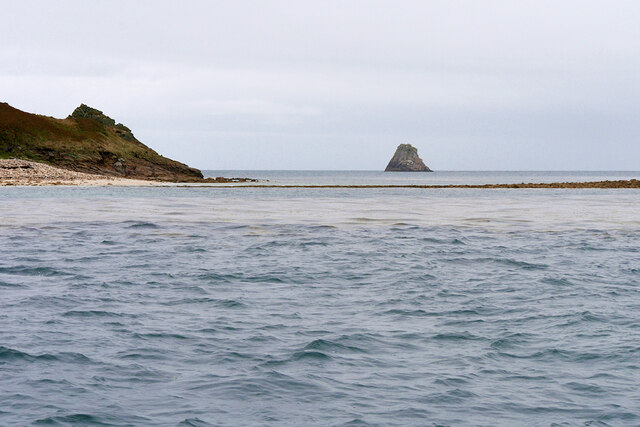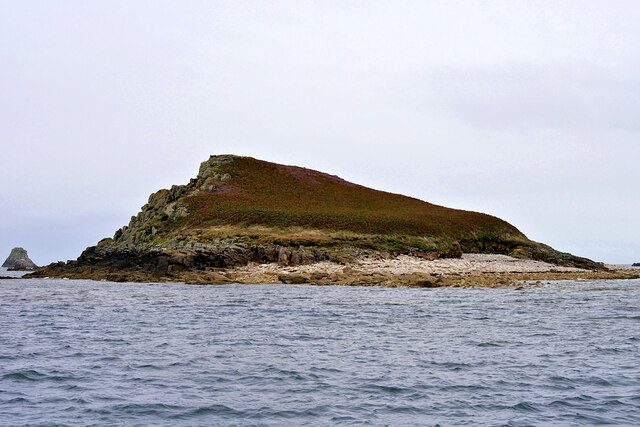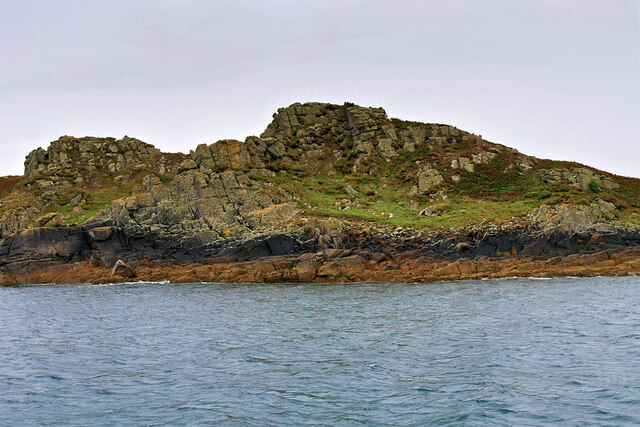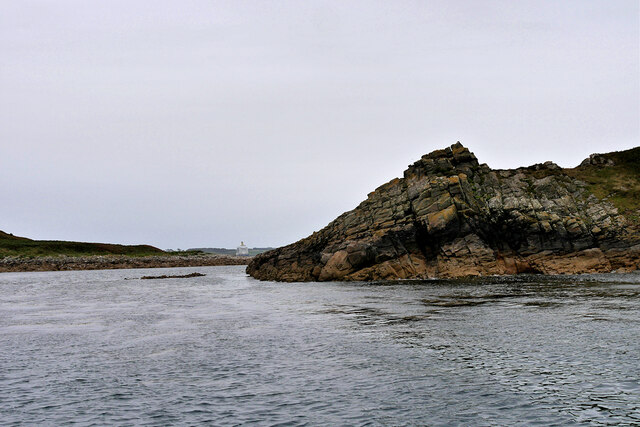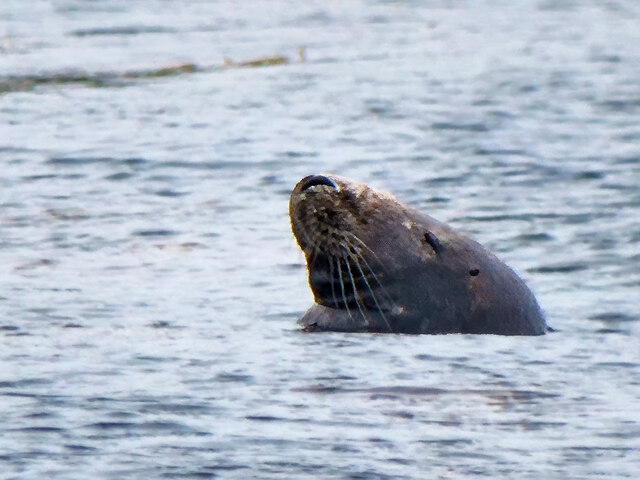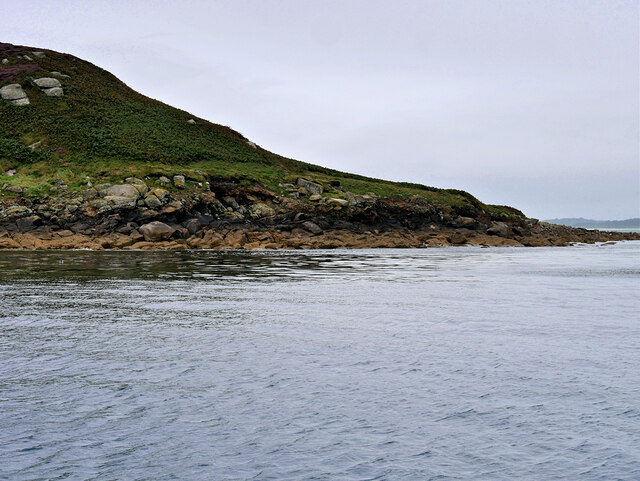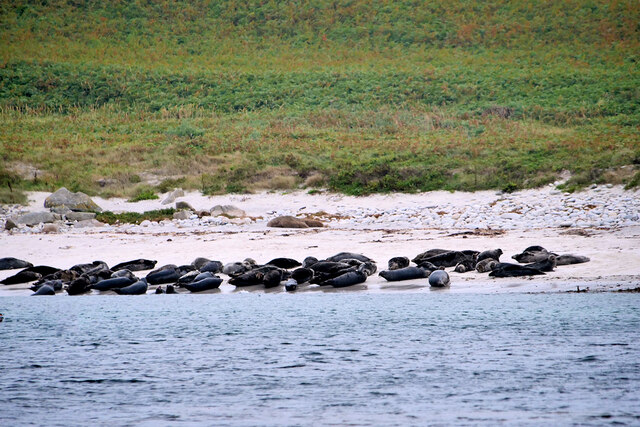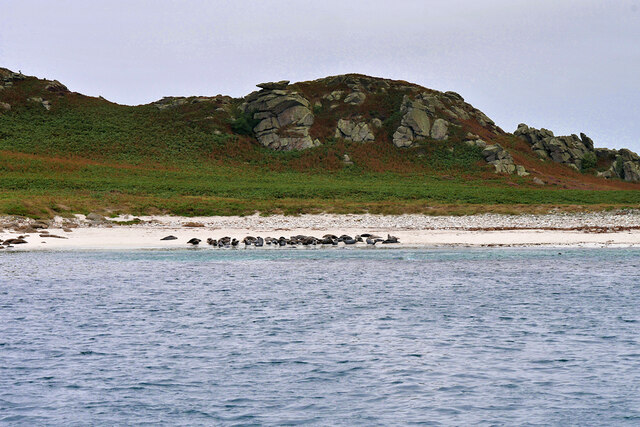Outer Rock of Carn Wethers
Island in Cornwall
England
Outer Rock of Carn Wethers
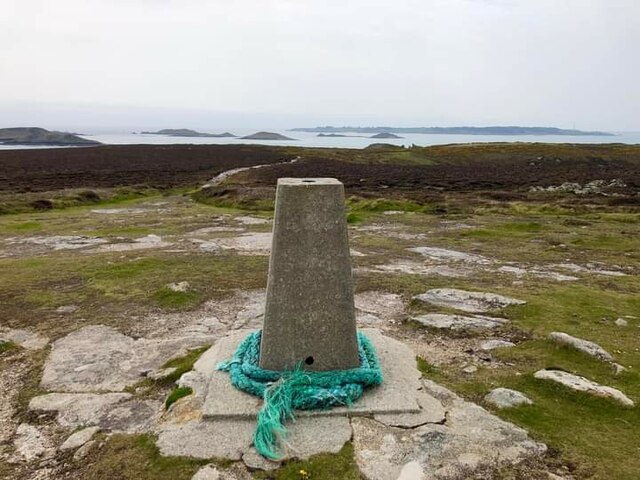
The Outer Rock of Carn Wethers is a small island located off the coast of Cornwall, England. It is situated in the Celtic Sea, approximately 3 kilometers west of the mainland. The island is part of a group of rocks known as the Carn Wethers Rocks, which are renowned for their rugged and rocky terrain.
The Outer Rock is a solitary, uninhabited island that measures about 100 meters in diameter. It is predominantly made up of granite, which is characteristic of the geological composition of the area. The island rises steeply from the sea, with cliffs reaching heights of up to 20 meters. These cliffs provide nesting sites for various seabirds, including cormorants and gulls.
Access to the Outer Rock is challenging due to its remote location and treacherous waters. The island is only accessible by boat, and the strong currents and rocky coastline make landing difficult. Consequently, the Outer Rock is largely untouched and remains a natural habitat for wildlife.
The surrounding waters of the Outer Rock are known for their rich marine biodiversity. The area is popular among divers and snorkelers, who come to explore the underwater caves and observe the diverse array of marine life, including colorful fish, crabs, and lobsters.
Overall, the Outer Rock of Carn Wethers is a picturesque and ecologically significant island off the coast of Cornwall. Its rugged beauty, diverse wildlife, and challenging accessibility make it a popular destination for nature enthusiasts and adventurers alike.
If you have any feedback on the listing, please let us know in the comments section below.
Outer Rock of Carn Wethers Images
Images are sourced within 2km of 49.963752/-6.2603398 or Grid Reference SV9415. Thanks to Geograph Open Source API. All images are credited.
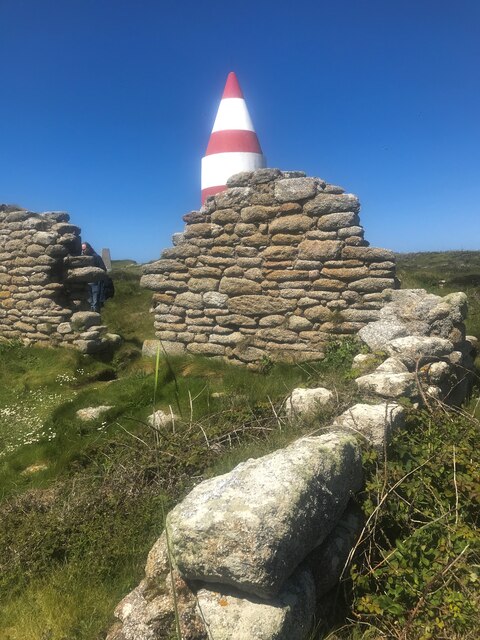
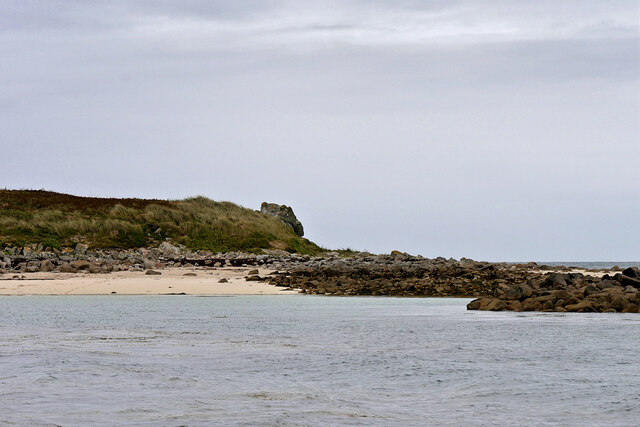
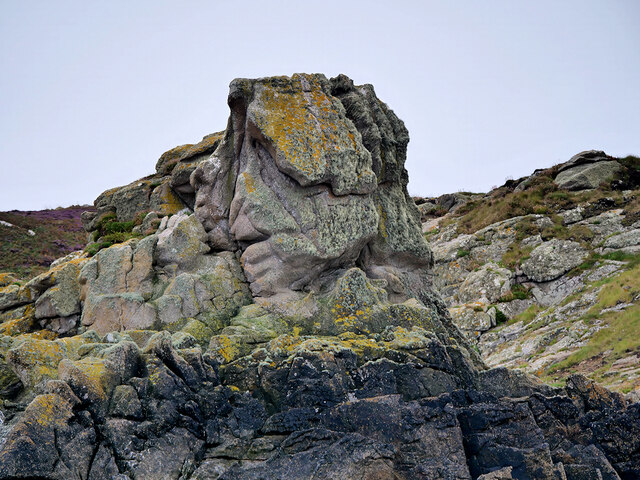
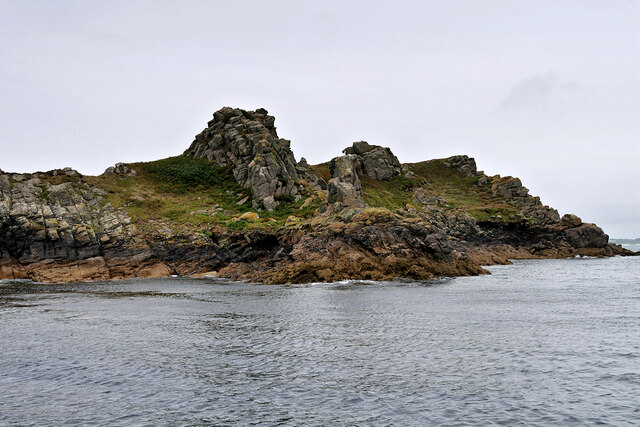
Outer Rock of Carn Wethers is located at Grid Ref: SV9415 (Lat: 49.963752, Lng: -6.2603398)
Division: Isles of Scilly
Unitary Authority: Isles of Scilly
Police Authority: Devon and Cornwall
What 3 Words
///shuttered.forms.idealist. Near St Martin's, Isles of Scilly
Related Wikis
PS Earl of Arran (1860)
PS Earl of Arran was a passenger vessel operated by the Ardrossan Steamboat Company from 1860 to 1871 and the West Cornwall Steam Ship Company from 1871...
Great Ganilly
Great Ganilly ( gə-NIL-ee; Cornish: Goonhyli Veur, lit. 'great saltwater downs') is one of the Eastern Isles of the Isles of Scilly. It has a maximum total...
Eastern Isles
The Eastern Isles (Cornish: Enesow Goonhyli, islands of the salt water downs) are a group of twelve small uninhabited islands within the Isles of Scilly...
Higher Town, Isles of Scilly
Higher Town (Cornish: Trewartha) is the easternmost and largest settlement on the island of St Martin's in the Isles of Scilly, England. It is situated...
Nearby Amenities
Located within 500m of 49.963752,-6.2603398Have you been to Outer Rock of Carn Wethers?
Leave your review of Outer Rock of Carn Wethers below (or comments, questions and feedback).
